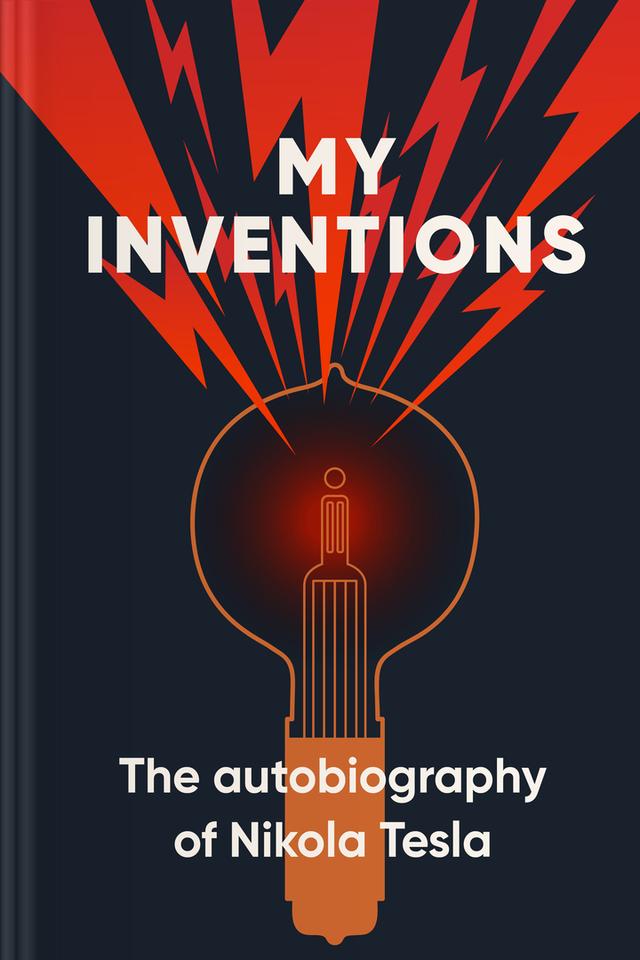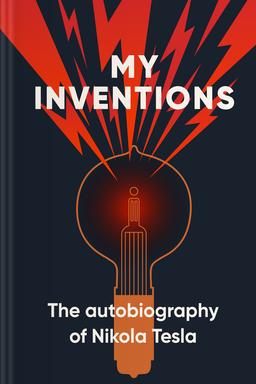You’ll learn
- Why curiosity outweighed his desire for fame or money
- How Tesla visualized inventions
- What fueled his remarkable memory
- The genesis of rotating magnetic fields discovery
russia has launched a full-scale war in Ukraine. Donate to support Ukraine and protect the world’s peace.

first KEY POINT
Hardly anyone has contributed more to electricity and magnetism in the late 19th century and early 20th century than Nikola Tesla. The alternating current (AC), the polyphase power distribution system, and the AC motor are modern products based on Tesla’s patents and theoretical framework. You cannot talk about the Second Industrial Revolution without giving credit to him.Tesla was an inventor that derived satisfaction from discovering and creating solutions. He was never motivated by fame or money. He abhorred manual labor but thrived on exercising his intellectual prowess.
Tesla admitted to not cultivating his childhood instincts and impulses as he grew older. He believed that he would have made more impact on the world had he not conformed to the systematic procedures of adulthood that stifled creativity.Also, he compared himself to his brother, who died prematurely due to an accident involving the family horse. Tesla believed that his achievement paled in comparison to the ingenuity of his brother. Yet, anytime he did something extraordinary, his parents imagined what life would have been like had his brother survived. The fact that Tesla’s ingenuity provoked sad memories in his parents affected his self-confidence.Another factor that militated against the full exploration of his potential was the disagreement between him and his father about his career choice. His father wanted him to become a clerical officer, while his desire was to become an engineer.Tesla believed the genetic imprint of an inventor came from his mother, while the strength of his memory came from his father, who trained him to recite long sentences, perform mental calculations, and spot errors in forms of expression.In this summary, you’ll gain insight into the thought process of Nicola Tesla, discover the biological and environmental factors that contributed to the career path he chose, and learn vital lessons that will stir your creative mind.Did you know? It was not until 1943 that the United States Supreme Court acknowledged him as the inventor of the radio.
second KEY POINT
From a tender age, Tesla had shown signs that he was a different child. From his appearance, discerning persons could tell that he was witty. His father, Milutin Tesla, received military education but chose to work as a priest in an orthodox church. His mother, Duka Mandiç, was notable for her knack for making home crafts and mechanical appliances. Nikola Tesla was born on July 10, 1856, in modern-day Croatia. He was the fourth of five children by his parents. His older brother, Dane Tesla, died in an accident involving the family horse when Nikola was five. Dane was a child prodigy and losing him affected the entire family. In fact, Nikola Tesla felt the urge to curb the display of his genius as a child because each time he tried to do something extraordinary, it reminded his parents of his brother.His father taught him to develop his memory by rote memorization of classics and mathematical rigors. His mother came from a long line of inventors. Together, they molded Nikola Tesla into the genius inventor he turned out to be.

Continue reading with Headway app
Continue readingfirst KEY POINT
second KEY POINT
third KEY POINT
fourth KEY POINT
fifth KEY POINT